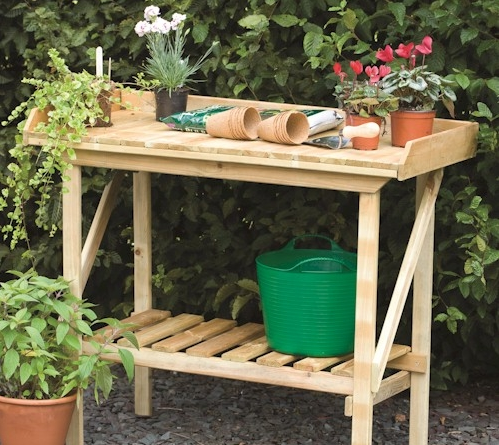
The Met Office reckon it’s officially spring, even the garden looks to be joining in with many herbaceous plants producing masses of shoots, but the air temperature, overnight frosts and predictions of snow make it feel more like late winter. All that proves that gardeners shouldn’t garden according to the calendar, instead taking their lead from the actual prevailing conditions. But whatever the weather is doing outside shouldn’t stop all that lovely activity indoors, or in greenhouses. Many seeds can be sown including tomatoes, cucumbers, aubergines along with cabbages, caulis and broccoli. All however will need heat to firstly get them up and growing and then to maintain the growth. Cold greenhouses will freeze inside on really cold nights so if you haven;t got a heater blasting out then a warm windowsill near the boiler may have to do. Be weather savvy to get the best from your garden.
Introduction to the season
Early spring can be devilish to predict and the current offering is a cold start with a predicted milder but wet middle bit. It’s tricky to garden when that’s the picture. But lots of plants are looking great. Ornamental flowering cherries don’t seem to mind as long as winds don’t strip the branches naked. Culinary cherries and other fruit however need the flowers to be pollinated and then develop to produce fruit. So we do need a bit of warmth to firstly get the blooms out, to encourage the bees to buzz around and then frost free weeks to allow fruits to develop. But we can;t actually do anything about any of that! Actually, we can protect blossom in cold weather to keep the worse of the weather away. And bees – we need those bes so if you see any on the floor, patio, or even the soil, obviously not doing what bees should do , then its a good chance they need feeding. Get yourself a saucer of water into which you have dissolved a couple of spoons of sugar. Put it near the bee and wait. Once the bee has taken in some of the mix they should be off, back to the hive, and tell other bees of your caring disposition. You could be saving whole colonies with this simple act of kindness. Your fruit will thank you for it as well.
Key activity / garden planning guide
The rush for spring catches lots of gardeners out. It’s in our nature to want to plant and sow but if the weather, and not that calendar, is saying it is too cold then don;t waste your time and money. Seeds need warmth to germinate and if they for example sit in cold, soggy ground they will either rot ( unfortunately fungi and bacteria are less fussy when it comes to conditions) or may even become food for mice. Checking whether it is warm enough for direct sowing into soil is easy. You can be geeky and get a soil thermometer ( mine is well used and an endless source of amusement for my family – in return I bore them with charts and stats!). Another way is to watch the weed growth. Once they get cracking you know you are getting near to the right temperature for many seeds. Thirdly you could, and I have to be delicate here, drop your trousers, sit on the soil and see what kind of thermal shock you get. If the garden soil is comfortable to the touch then you can get sowing. A bit of a ‘whoa, that’s nippy’ then hang on a bit. If trying this final method please ensure neighbours are out, please ensure all sharp debris on the soil surface have been cleared and please don;t expect a photograph f me trying it in my garden. That’s why the soil thermometer is such a great idea!
Season highlights and events
You organised your seeds into monthly sowing dates and now March has flopped over on the calendar. Check the weather is right, the soil temperature is correct and yes, direct sowings can start! Carrots, parsnips, lettuce, lots more veg and armfuls of flowers can be sown in early spring ( but if the soil is cold then wait – you’ll save time and money as seeds will often rot if the conditions are wrong) As an example, lets take some carrot seeds. You can sow them in rows or in blocks. In rows run your hand in well cultivated soil. Get rid of all stones and chunky debris so you have created a channel a centimetre or so deep. Pour a small amount of carrot seed into your hand and sown into the channel, spacing out the seeds to around an centimetre apart. You will sow more thickly than this, everyone does, but it doesn’t hurt to suggest sowing thinly ( it saves on seed and saves effort later in the year) Then cover the row with multi-purpose compost. This does two things,. Firstly it prevents the soil from forming a hard cap over the seeds, allowing them to grow easily and secondly, it shows you where you have sown the seeds and the compost is usually a different colour to the soil. Label the row and wait. Whilst waiting, sow loads more, indoors and out, use lots of labels to make sure you remember what you’ve done and embrace spring with open arms ( and one eye on the weather forecast)
Summary
- Check the weather forecast before investing time and money is direct seed sowing
- Check the temperature of the soil before sowing.
- Look out for and feed bees not buzzing like they should. Saucers of sugar solution is perfect.
- Keep on top of weeds as they naturally grow quicker than anything you plant!
Be sure to check out our Spring Gardening Survival Guide for more great tips!




